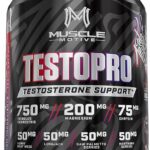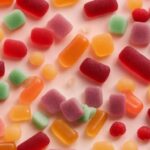To make protein powder at home, blend high-protein ingredients like dried milk, oats, and almonds. Choose flavors like vanilla or cocoa for taste enhancement. These flavors are most popular for homemade protein powder.
Creating your own homemade protein powder for muscle gain can be a straightforward and rewarding process. It offers the advantage of knowing exactly what’s going into your supplement, allowing you to avoid preservatives and fillers found in commercial products. Tailoring the ingredients to your specific dietary needs can also help you manage allergies or intolerances.
Homemade protein powder can be a cost-effective alternative to store-bought options, and it gives you the flexibility to adjust the protein content and flavor to suit your preferences. With a few simple kitchen tools and some high-quality ingredients, you can enhance your muscle-building regimen with a custom blend that supports your fitness goals.
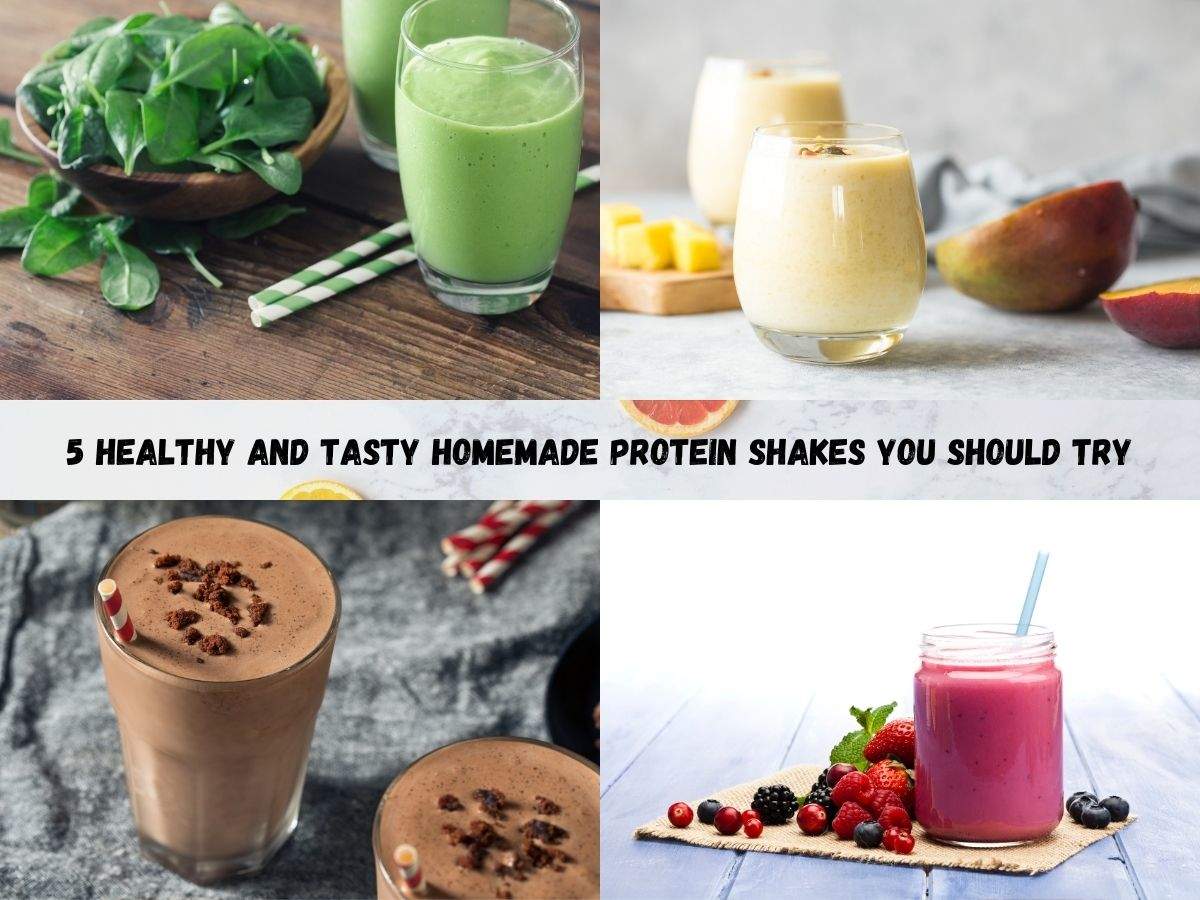
Credit: timesofindia.indiatimes.com
Introduction To Homemade Protein Powders
Making your own protein powder is simple and cost-effective. It lets you control ingredients and optimize for muscle growth. Homemade protein supplements offer benefits commercial ones may lack. You choose what goes into your blend, eliminating unwanted fillers and additives.
For those focused on muscle gain, creating a custom protein mix is beneficial. You can tweak nutrient profiles to fit your goals. High-quality protein sources like whey or pea can form the base. You might add oats or nuts for calories and energy. Play with flavors by using cocoa or vanilla. Tailor your powder for pre-workout energy or post-workout recovery.
Essential Ingredients For Optimal Protein
To make protein powder at home, select top-notch protein sources. Go for foods like whole eggs, pea protein, and hemp seeds. These foods are rich in protein.
Combining different proteins can be key. This tactic ensures you get all essential amino acids. Think of mixing rice and pea protein. This blend creates a complete protein profile.
- Whole eggs – a complete protein with all amino acids.
- Pea protein – a good plant-based protein choice.
- Hemp seeds – contain essential fatty acids and protein.
- Rice protein – best when combined with pea protein.
Pulverizing Techniques For Maximum Potency
Grinding seeds and nuts properly is crucial for homemade protein powder. Use a high-powered blender or grinder for the best results. Make sure seeds like flax or chia are ground to a fine powder. Whole nuts like almonds or cashews require more time. Blend until you achieve a very fine texture. This helps to unlock their full protein potential.
For homogenizing your powder, aim for smooth textures. A food processor can be good for this step. It will evenly mix all ingredients. Your powder will have no chunky bits. A smooth consistency ensures better digestibility and easier absorption of nutrients. Homogenize in batches if making a large amount.
Quick And Easy Base Recipes
Making protein powder at home is both cost-effective and nutritious. For a classic whey protein blend, start with high-quality, plain whey protein isolate. Mix it with oats for a carb boost and stevia for natural sweetness. Always blend until smooth.
Those preferring a vegan option might opt for the pea and rice protein mix. Combine equal parts of pea and brown rice protein powders. Flaxseeds can be added for omega-3s. A dash of cocoa powder can enhance flavor. Blend these together for a complete amino acid profile.
- Classic Whey Blend:
- Whey Protein Isolate
- Oats
- Natural Stevia
- Vegan Pea and Rice Mix:
- Pea Protein Powder
- Brown Rice Protein Powder
- Ground Flaxseeds
- Optional: Cocoa Powder
Flavorful Additions Without Compromising Nutrition
Creating your homemade protein powder allows for tailored nutrition. Opt for natural sweeteners to maintain health benefits. Stevia or monk fruit enhance sweetness without added sugar. Versatile and calorie-free, they blend well with other ingredients.
Improve taste with a variety of spices for muscle gain. Cinnamon, nutmeg, and vanilla bean add delicious flavors and aromas. These spices do not add calories, ensuring your mixture remains nutrient-dense. Perfect for a post-workout shake or smoothie.
Nutrient Boosters For Muscle Gain
Incorporating creatine into your homemade protein powder can significantly enhance muscle gain. This powerful nutrient is vital for energy production during intense workouts. By blending creatine with your protein mix, you give your muscles the extra push they need to grow stronger.
Concerning amino acids for recovery, they are essential. After exercising, they help repair muscle tissue and reduce soreness. You can boost your post-workout recovery by adding a variety of amino acids like leucine, isoleucine, and valine into your protein formulation.
Storage Solutions For Longevity
Storing homemade protein powder correctly is key. Humidity and light can ruin your powder. Keep it in a cool, dark place to maintain its quality. Airtight containers are best for keeping out moisture. Consider using silica gel packets to absorb any extra dampness. Be sure to label your container with the date it was made. Use your protein powder within three to six months for the best results. This ensures you get all the muscle-building benefits.
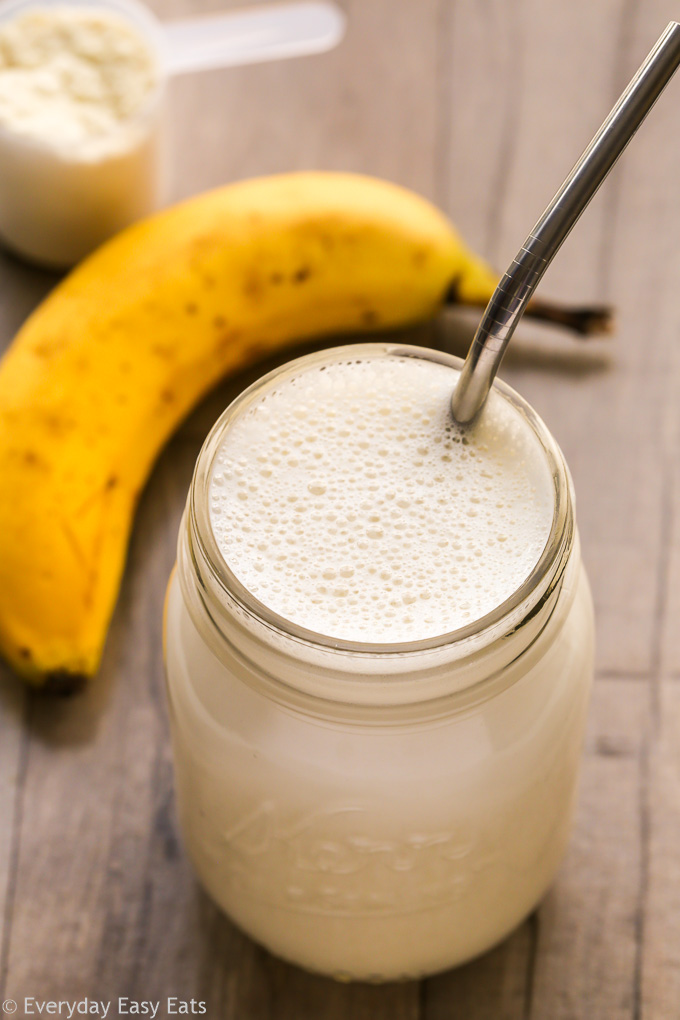
Credit: www.everydayeasyeats.com
Integrating Homemade Protein Powder Into Your Diet
Homemade protein powder boosts muscle growth and is easy to make. Blend dry oats, almonds, peanuts, and chia seeds for a rich protein mix. Personalize your powder with favorite flavors and natural sweeteners.
For post-workout shakes, mix your homemade powder with water or milk. A blender works best to combine ingredients smoothly. Drink it right after exercise to aid muscle recovery.
Try cooking with protein powder as well. It’s great in pancakes, muffins, and smoothies. Add a scoop to your baking recipes for an extra protein kick. Keep shakes and snacks nourishing and delicious.
Success Stories And Testimonials
Many athletes have shared their success using homemade protein powders. These DIY supplements helped them build muscle and improve recovery. One runner reported a 10% increase in endurance after a month of use. A bodybuilder noted impressive gains, adding 5 pounds of muscle in just 60 days. Strength and performance improvements are common themes in these stories. Their experiences highlight the effectiveness of natural, homemade protein blends tailored to individual needs.
Final Tips For Maintaining A Muscle-building Diet
For muscle growth, it’s vital to balance macronutrients in your diet. A good mix includes carbs, proteins, and fats. Remember, proteins build muscle, carbs give energy, and fats support overall health. Aim for a variety of foods to get all nutrients.
Staying well-hydrated is crucial for muscle recovery. Drink plenty of water throughout the day. This helps your body use the protein you eat. Combine adequate hydration with your homemade protein powder for the best results. The combo supports your muscle-building goals.
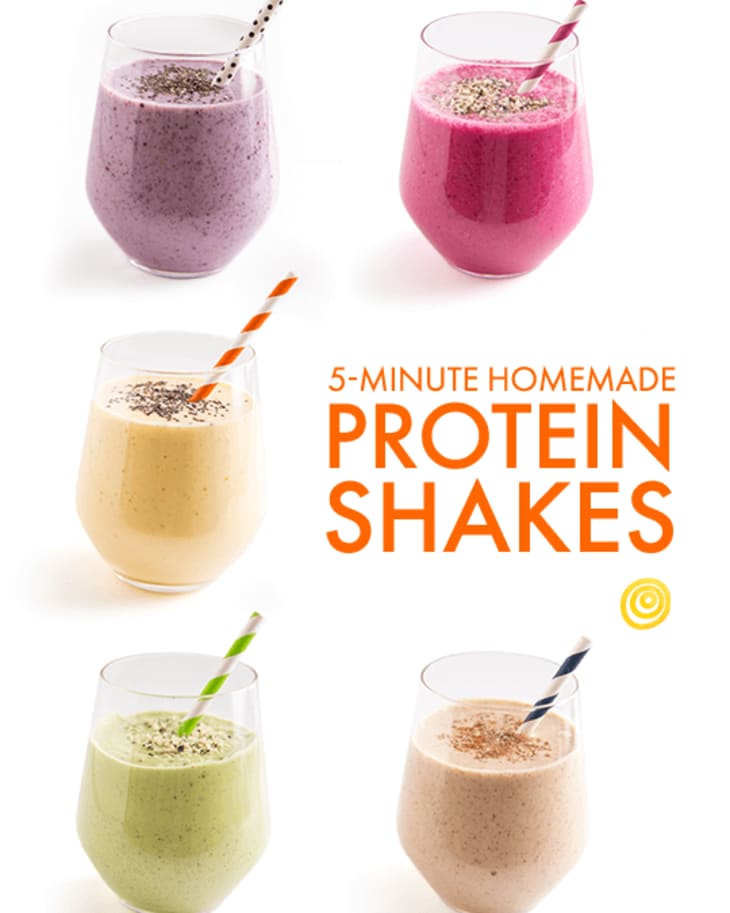
Credit: www.thekitchn.com
Frequently Asked Questions For How To Make Protein Powder At Home For Muscle Gain
How To Make Protein Powder At Home For Muscle Building?
Combine high-quality protein sources like dry milk powder, oats, and almonds. Grind to a fine powder. Use one scoop per smoothie for muscle-building support.
Can I Make My Own Protein Powder?
Yes, you can make your own protein powder using ingredients like dried lentils, hemp seeds, or brown rice. Grind them to a fine powder and store in a cool, dry place.
What Is The Best Homemade Protein Powder To Gain Weight?
The best homemade protein powder for weight gain combines pea protein, brown rice protein, and powdered oats for a balanced amino acid profile and added calories.
What Are The Best Protein Powders For Muscle Gain?
Whey protein, casein, soy protein isolate, and pea protein are top choices for muscle gain. Each offers high-quality protein to support workout recovery and muscle growth.
Conclusion
Crafting your own protein powder at home is simple and rewarding. Embrace this guide to fuel your muscle gain journey with a natural, cost-effective solution. Experience the satisfaction of a homemade supplement that complements your fitness goals. Start blending and witness the gains unfold!

– is a health enthusiast and blogger who is passionate about sharing his knowledge and experience in the vitamin and supplement industry. With over 5 years of experience in the field, William has developed a keen eye for identifying quality products and separating fact from fiction.
Last modified: May 8, 2024



